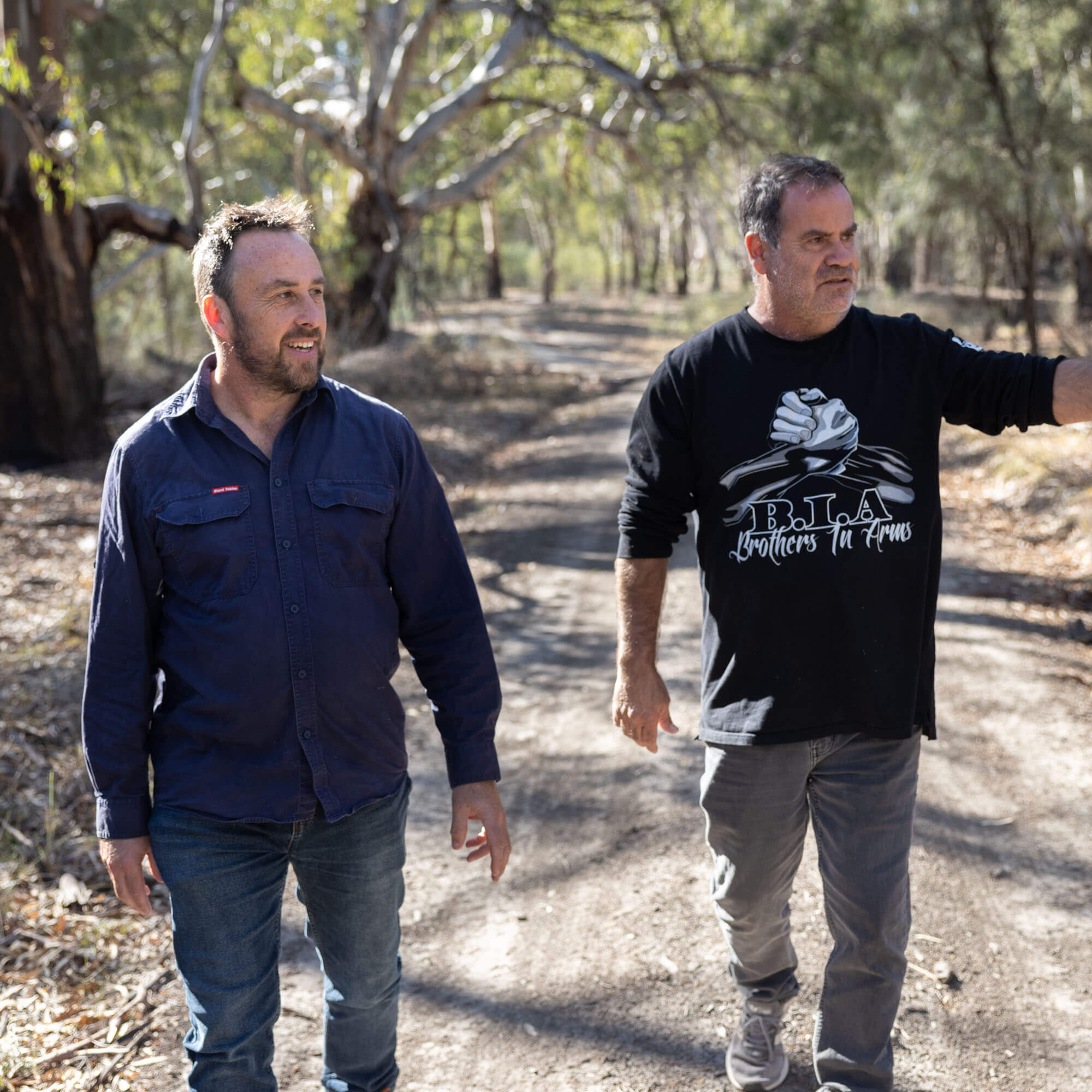30 September 2021
For tens of thousands of years, First Nations people have cared for Country and depended on healthy and flowing rivers – rivers that lived and breathed according to natural cycles. Colonisation and decades of mismanagement and overextraction have left Australia’s river systems polluted, diverted, degraded and drying up.
The state of Australia’s rivers and waterways is not just an environmental crisis. It is an injustice to First Nations people. They have cared for Country since time immemorial and continue to do so. Physically, culturally and spiritually First Nations rely on healthy water for healthy people and culture.
Australia’s laws and policies have shut Aboriginal people out of participating in, and benefiting from, decisions about water management and entitlements in what has appropriately been termed “aqua nullius”. Aboriginal people hold less than one percent of Australia’s water rights. Perversely, this amount is declining, regardless of Indigenous access to water being written into national policy nearly two decades ago.
At the same time, many riverine landscapes are in a persistent state of ecological and governance crisis, especially in the Murray-Darling Basin. Just as returning water rights for these landscapes would greatly benefit First Nations communities, that Country, the environment and the wider community would all greatly benefit from the care and management of Traditional Owners.
In 2007, Murray Lower Darling Indigenous Nations (MLDRIN), a coalition of First Nations Basin communities, developed the concept of cultural flows as a way of translating Indigenous people’s water rights, needs, and aspirations into the language of modern water management.
Cultural flows are described as “water entitlements that are legally and beneficially owned by the Nations of a sufficient and adequate quantity and quality to improve the spiritual, cultural, natural, environmental, social and economic conditions of those Nations.”
The aim of cultural flows is to both restore health to Country and justice to First Nations’ by embedding Aboriginal water allocations into Australia’s water planning and management regimes.
MLDRIN has already received some success in their efforts to have Australian governments recognise cultural flows – the Murray Darling Basin Plan requires Basin governments to take account of First Nations’ views about cultural flows — and the federal government funded a national research project. But without resources and support for implementation, cultural flows will remain a concept and is unlikely to achieve justice for First Nations river people or restore life to thirsty Country.
Tati Tati Traditional Owners are determined to turn the cultural flows’ concept into a reality by creating a successful implementation model at Margooya Lagoon, or Tol Tol, near Robinvale in Victoria. The culturally significant wetland where Tati Tati ancestors were known to fish and camp would normally flood seasonally at this time of year. River regulation however means the living cycles of this wetland do not function in a natural manner.
While ‘settler’ law and policy is fragmented and complex and does not conform easily to Aboriginal lore and custom, there are still legal and policy mechanisms available that can deliver cultural flows. This pilot model aims to reconcile the two by bringing together cultural knowledge, science and a package of legal and governance measures for restorative water management.
Tati Tati community members have undertaken Aboriginal Waterway Assessments at the site – a tool which helps Traditional Owners assess the cultural health of their Country and set priorities for environmental water delivery – to inform a biodiversity and cultural plan for the site that includes water, heritage and land management activities. And together with environmental lawyers, they have set out packages of legal and policy measures to make that plan a reality.
If Tati Tati can develop a cultural flows model at Margooya Lagoon, it would provide a template for First Nations communities seeking water justice across the country. It also presents an enormous opportunity for governments to step up and achieve real gains for Aboriginal people and their control and authority over water.
Greater Aboriginal control over water can and does lead to the restoration of landscapes. Implementing cultural flows has the potential to reverse water injustice for Aboriginal people and bring life back to Australia’s struggling river systems.
Government has funded the cultural flows research project which has been a really important investment in ideas and thinking. But ultimately at the end of the day, government needs to go one step further and provide the resources and the assistance to implement cultural flows on Country – that means access to water and Traditional Owner authority over the landscape.


